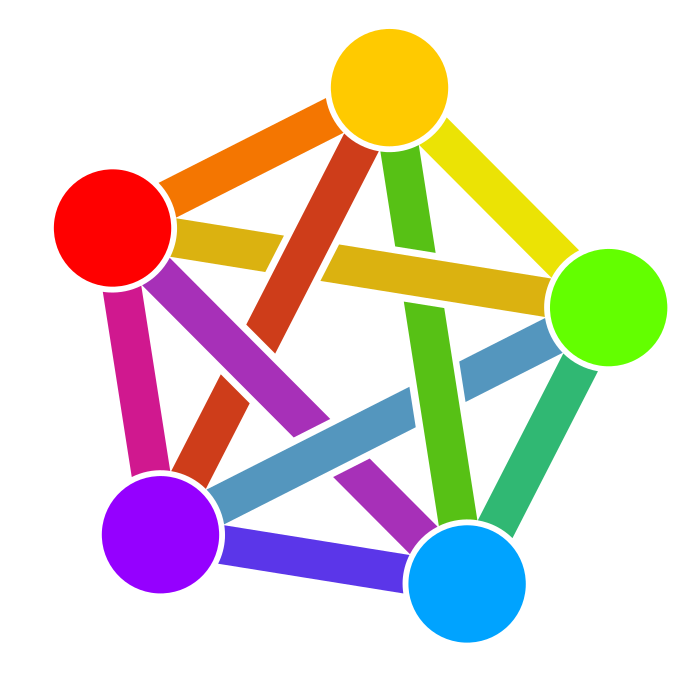Calorie counting through MyFitnessPal. I am unable to accurately gauge how many calories I’m consuming just by eyeballing it, and this is especially difficult given my TDEE (total daily energy expenditure) is about 1350 calories. (I’m short.) The only way I’ve been able to manage my weight is by turning it into concrete understandable numbers.
I have a 3,312 day streak of calorie counting now. It’s the one habit I’ve managed to keep up, and while my weight has gone up and down I’ve kept track of it all. At my starting point, I weighed 150lb (obese by BMI), and I’m currently down to 118 (high end of normal by BMI).













Maybe if you remembered to put Jupiter back where it belonged after you were done with it, it wouldn’t be lost now, hmm?